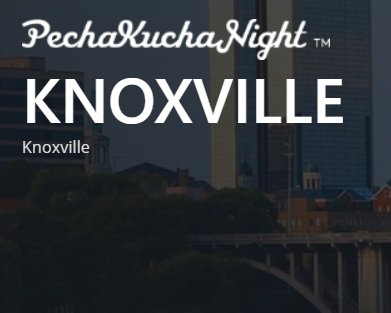After working on a paper for SAE 2015, I wanted to challenge myself to see if I could distill some of the key takeaways into a talk of a different format: a Pecha Kucha. A Pecha Kucha talk is 20 slides, 20 seconds each. In talking to a wider audience, I took a risk of showing some heavy graphs, but found ways to work on crisper visuals that I later learned applied some of the techniques of Edward Tufte’s visualization style. In this talk, I got to connect the work that I did to the broader transportation implications of the area. You can view the slides or see them in the context of the recording on the Pecha Kucha Knoxville on the sidebar.
After the talk, I got a chance to talk to Alan Sims, the man behind the blog InsideofKnoxville. We got to have a good conversation about some of the implications that I posed during my talk, which led to a guest post on his site. At the bottom of the post, you can view some of the comments that community had about my piece. While I did not mean to imply that KAT wasn’t a viable option, I got to have good conversations afterwards with Kelley Segars in various bike advocacy projects in the city. What I had hoped to portray in my presentation was that Knoxville, like most other cities in the US, chose the car as its transportation choice from the 1920’s onwards. While some cities began urban renewal projects that added transit to their cities in the 60’s and 70’s (with their own negative consequences), Knoxville’s urban renewal made way for more highways, displacing communities that are still in large parts de-facto segregated today.
This talk was my first good foray into presenting in front of a Knoxville audience. While my visualization skills have improved in the time since, having a tight-knit connection to the community in which I live has only become a stronger desire.
